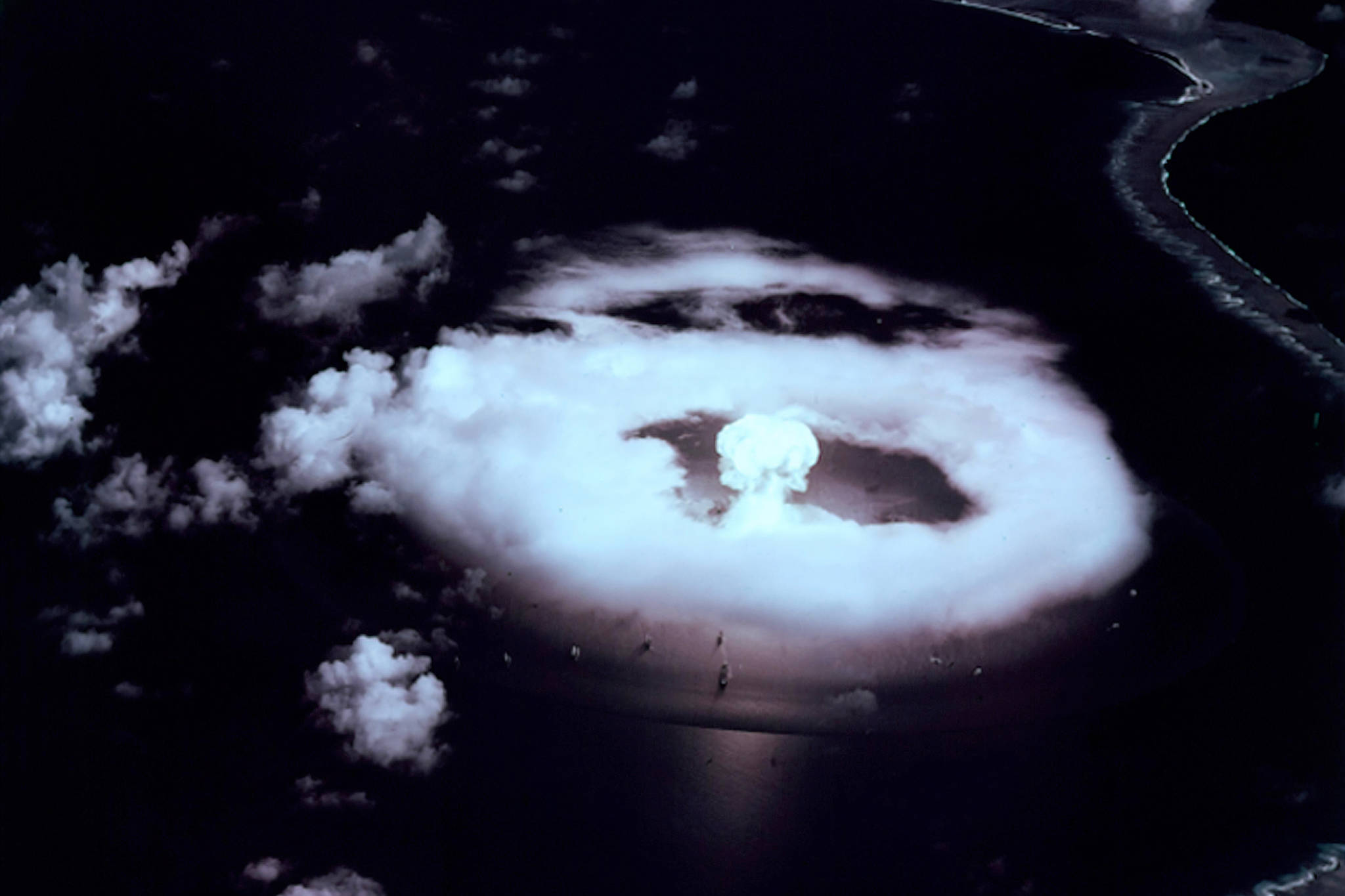If you give a boy a toy, he will want to play with it. That’s why you don’t give little boys loaded guns, because they will want to play with them. It’s their nature to poke, pull and prod at things to figure out how they work. And until they are mature enough to understand the consequences of their actions, you don’t give boys toys that could kill people. That’s why 9-year-old boys aren’t allowed to drive. They aren’t mature enough to grasp the potential consequences of their actions.
Unfortunately, some boys never grow up. We all know adult boys, like the cousin who isn’t allowed to drive anymore because of too many DWIs, the repeat felon who isn’t allowed to own guns or the fellow worker who isn’t allowed on the backhoe any more after that last incident with the sewer line. Or the boy president who has a penchant for speaking before thinking through the consequences of his words.
The problem with boy presidents is that they have some pretty dangerous toys to play with. Along with playing with his toy soldiers, the current boy president wants to play with his nuclear weapons as well. Unlike all other instruments of war, nuclear weapons are the president’s toys. We have a “presidential first-use” policy which means that the president, acting alone, can issue the order for a nuclear strike, even if our own country is not under nuclear attack.
75 years ago, we became the first, and so far only, nation to destroy cities with nuclear weapons, the most dangerous toys that boys have ever played with. The first weapon was dropped on Hiroshima on Aug. 6, 1945, killing over 140,000 people, mostly civilians. The initial flash of light was intense enough to cause third-degree burns on exposed skin up to a mile away. The blast wave blew out windows 5 miles away. The munitions factories on the outskirts of the city, the supposed rationale for targeting Hiroshima, received minor damage. A second bomb was dropped on Nagasaki three days later, before the full impact of the Hiroshima bombing was understood by Japanese leaders, killing at least another 70,000 people. The death counts are uncertain because many of the victims were incinerated and blown away on the wind, leaving nothing. Nagasaki was actually bombed as an afterthought after the initial target, Kokura, was obscured by clouds. The boys with their toy were low on fuel and didn’t want to waste their toy in the ocean.
If you give a boy a toy, he will want to play with it. The Pentagon’s own documents show that Japan had been seeking an end to the war starting in May 1945, and that the Soviet entry into the Pacific war on August 9, 1945 was the primary cause of their surrender. The United States Strategic Bombing Survey Summary Report, dated July 1946, concluded that “certainly prior to 31 December 1945, and in all probability prior to 1 November 1945, Japan would have surrendered even if the atomic bombs had not been dropped, even if Russia had not entered the war, and even if no invasion had been planned or contemplated.” Dropping the bombs was an end unto itself, not a means to end a war. The boys wanted to play with their toys.
We are the only nation to have used nuclear weapons in anger, therefore we bear the greatest global responsibility to lead the world away from nuclear weapons.
We brought the nuclear weapons into the world and, in the past, have been the global leader in efforts to control it. But not anymore. The boys want to play with their toys. The current Nuclear Posture Review calls for more nuclear toys. The current stockpile of 3,800 nuclear warheads, the smallest of which is eight times more powerful than the weapons that destroyed Hiroshima and Nagasaki, are not enough toys for the boys.
It’s time to stop withdrawing from treaties and international agreements to limit nuclear weapons and once again take up the essential cause of nuclear disarmament. It’s time for the adults in the room to take the nuclear toys away from the boys.
• Craig Wilson is president of Chapter 100 of Veterance for Peace. Columns, My Turns and Letters to the Editor represent the view of the author, not the view of the Juneau Empire. Have something to say? Here’s how to submit a My Turn or letter.

